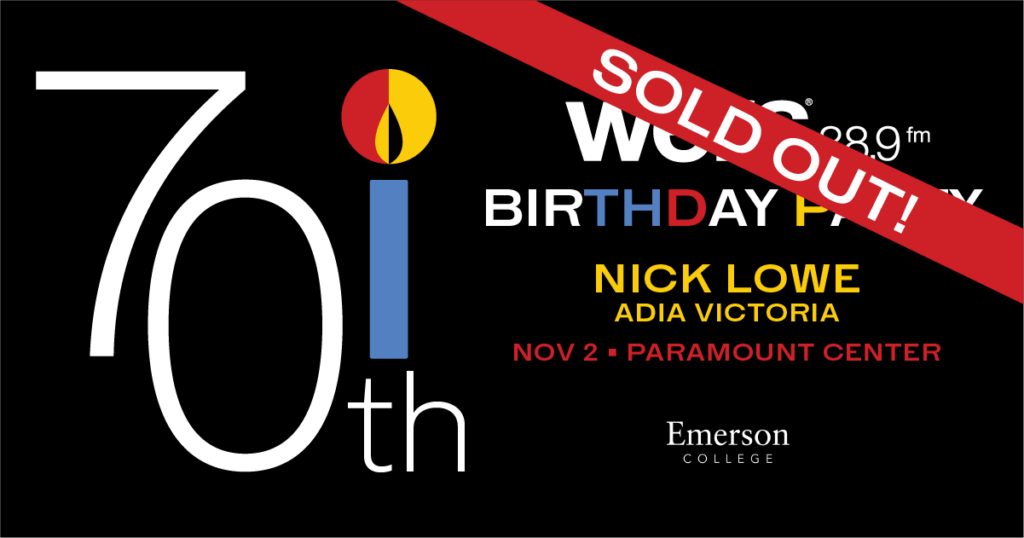By Sanika Joshi
Everyone knows the timeless story of Romeo and Juliet, the star-crossed lovers from feuding families. Over the years, as with many Shakespearean plays, this iconic love story has been reimagined in countless movies, books, and stage productions. Recently, director Diane Paulus presented a modern take on the play, and it bought new life into the classic tragedy.
I had no idea what to anticipate on the first night of this show, but I was surprised. The moment the performers in suits and jeans stepped onto the stage, I couldn't help but think of David Tennant's Hamlet. Shakespeare's storyline was still there, but with contemporary attire and weaponry, it seemed more realistic, as if we were actually witnessing two teens finding themselves in a family dispute.
The costumes helped establish each character, with Mercutio’s bright, colorful outfit perfectly capturing his energetic personality. Clay Singer, the actor portraying Mercutio, embodied this spirit with great enthusiasm, and his performance certainly didn’t go unnoticed.
One of the standout scenes for me was the first meeting between Romeo and Juliet, which was set at a vibrant masquerade party. It had a similar tone to that of the musical & Juliet, and it worked wonderfully to capture the magical atmosphere of their first encounter. The use of light-up globes throughout the production was a clever touch, transitioning smoothly between night and day and giving the set a dynamic feel.
Speaking of effects, the production’s special effects were truly impressive. One unforgettable moment was when Juliet faked her death. A bedsheet was lowered from above, and behind it, the shadows of her grieving family could be seen, while Juliet stood in front, contemplating her decision. The contrast was powerful and visually striking. Additionally, during the scene where the Friar explained his risky plan to Juliet, the lighting and voice effects shifted to make it clear that this was an explanation being played out on stage, adding to the audience's understanding.
What really made this production shine was the way the actors made their characters their own. In many remakes, actors attempt to imitate previous interpretations, but in this case, the performances felt fresh and original. The actors fully embraced the modern style of the production, infusing the story with energy and humor. Even the famous balcony scene, typically dramatic and romantic, had moments of comedy that worked surprisingly well, making it more relatable.
Shakespearean language can often be difficult for audiences today to grasp, but the way the actors delivered their lines—both emotionally and physically—made the story easy to follow. Emilia Suarez’s portrayal of Juliet was especially captivating. Her delivery of Juliet’s soliloquy was filled with raw emotion, making the well-known moment feel completely new. Similarly, Rudy Pankow’s Romeo conveyed the frustration and passion of a love that can never be, with his body language bringing the character’s innermost feelings to life.
The minimalist set design also added to the production’s appeal. A large wooden block served as a constant changing piece of scenery, transforming from Juliet’s balcony to various other locations throughout the play. This simplicity kept the focus on the actors and the story, without the distraction of elaborate set changes.
Overall, Diane Paulus’s take on Romeo and Juliet wasn’t just a tribute to Shakespeare—it was a lively, engaging retelling that resonated with today’s audience. With its mix of humor, modern elements, and strong performances, it brought a fresh perspective to a beloved classic. Whether you’re a Shakespeare enthusiast or a newcomer, this version offers something new for everyone to enjoy.


